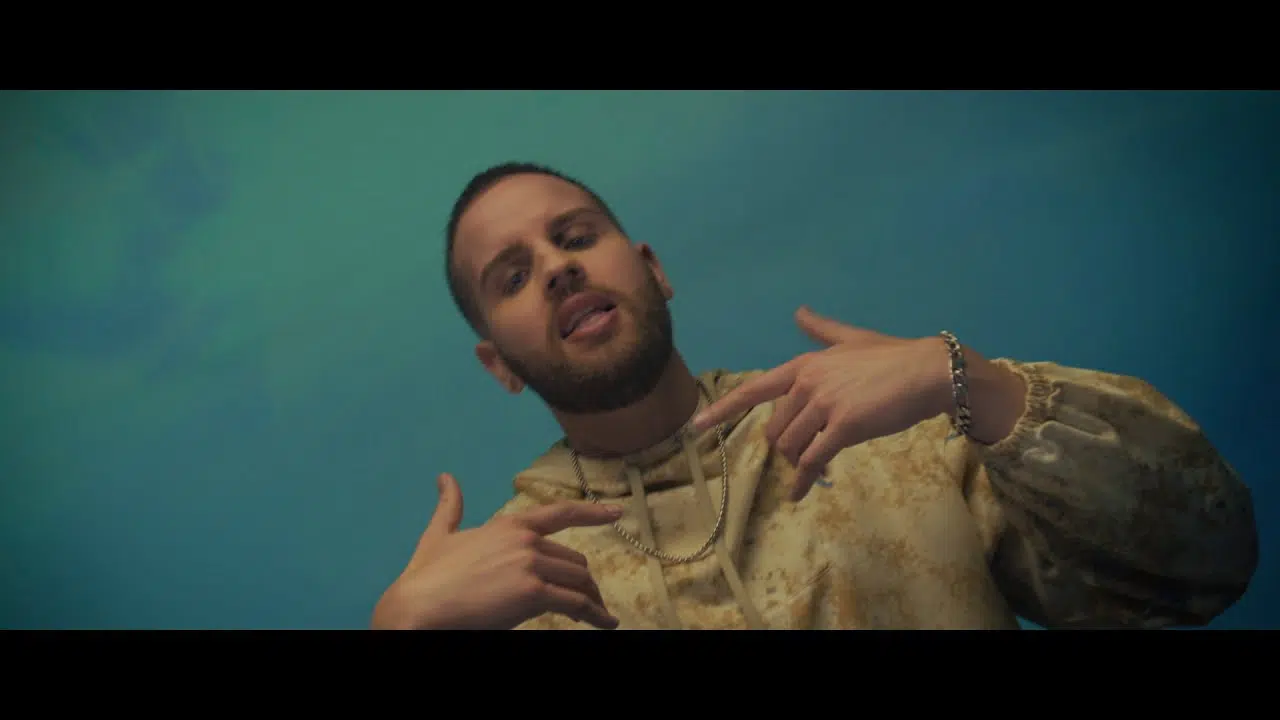Rap first gained popularity in the 1970s in African American and Latinx communities. It now spread to influence the music business, other art forms, and popular culture as a whole. Rap music is breaking down barriers in a variety of ways, including with its lyrical content. Rap songs frequently touch on controversial subjects.
Violence, drugs, and sex often lead hip-hop to more criticism. Although these themes are divisive, they inspire meaningful discussions about societal issues. They give marginalized individuals a voice to express their thoughts and feelings.
How Rap Music is Pushing Boundaries and Redefining the Industry
Rap music is an art form that captures the lives and circumstances of those who make it. It’s essential to understand the differences within hip-hop. Not all rap music supports violence, misogyny, or other contentious ideas. Critics of rap’s impact usually ignore the genre’s enormous range of substance, tone, and ideologies. Gangsta rap, for example, draws flak for its violent and vulgar lyrics.
Yet many other subgenres support optimism, social justice causes, and personal growth. Rap provides a platform for musicians to communicate a range of emotions. The artists connect with their audiences through fear, frustration, wrath, love, and joy.
Impact of rap music on other genres
Rap music pushed the boundaries in many different ways. It even broke barriers between various genres. Rap often incorporates components from other genres, including rock, pop, and electronic music. It also influences the style and techniques of other musical genres. Hip-hop has long had an impact on rock music and its subgenres.
Rap rock, sometimes called nu-metal, is a new subgenre that emerged in the late 1980s and early 1990s. Rock bands started mixing rap elements into their songs. Rap music’s solid beats and lyrical content combined with rock music’s heavier instrumentation. You can hear this with Linkin Park and Rage Against the Machine.
Rap music similarly inspired pop music. Pop musicians often include rap-style rhymes in their tracks. Rap interludes make many appearances in pop stars’ songs. Beyoncé, Ariana Grande, and Justin Timberlake happen to be a few.
These partnerships have paved the way for chart-topping records by bridging the gap between rap and pop music. Rap music has influenced EDM, an electronic music genre known for its powerful beats and catchy melodies.
EDM started including rap-style verses in their songs towards the start of the 2010s, giving rise to the new trap music genre. Artists like Diplo, Skrillex, and Major Lazer combined violent rap beats with EDM’s electronic sounds.
Additionally, Latin artists have included rap-style lyrics in their songs, allowing rap to impact Latin music. Reggaeton, a new genre that fuses rap and reggae music, first appeared in the late 1990s and early 2000s.
Artists like Daddy Yankee, Don Omar, and Wisin & Yandel are great examples. They combined the rhythms of Latin music with the violent flow of rap. Their mixtures produced a substantial increase in the popularity of the genre.
They encourage artists to experiment with their sound.
Rap music pushes the limits of musical ingenuity on top of its lyrical content. Hip-hop producers innovate and incorporate other genres and sounds into their music. This came with the early days of sampling and scratching. As a result, subgenres, including trap, mumble rap, and conscious rap, emerged.
Each of them brings their particular sound. Rap music also changes the dynamic when it comes to diversity. Throughout history, white musicians and executives dominated the music business. They, in turn, gave artists of color very few opportunities. Hip-hop has given artists from many backgrounds a platform for their art.
Everyone can display their talent and engage with listeners on an international scale.
Rap music paves the way for independent artists.
Hip-hop music also embraces the DIY (do-it-yourself) philosophy, empowering independent artists. Rap has a long history of artists creating and releasing their music, unlike other genres. Independent rap artists can now circumvent conventional industry gatekeepers and reach their fans. This is due to their capacity to produce and distribute their content. The Internet and social media have increased independent rap artists’ popularity.
Independent artists now find it simpler to share their music and get discovered. Platforms like Soundcloud, YouTube, and Spotify make it much more manageable. With traditional labels, artists can establish a following and popularity through innovative production techniques.
This comes due to their direct access to listeners. Being independent is challenging, but it also lets artists express themselves entirely. Rap music’s DIY philosophy and entrepreneurial mentality have inspired musicians of many genres. They can take charge of their careers and pursue their artistic goals solo. Artists can create their road to success and reach personal objectives independently.


